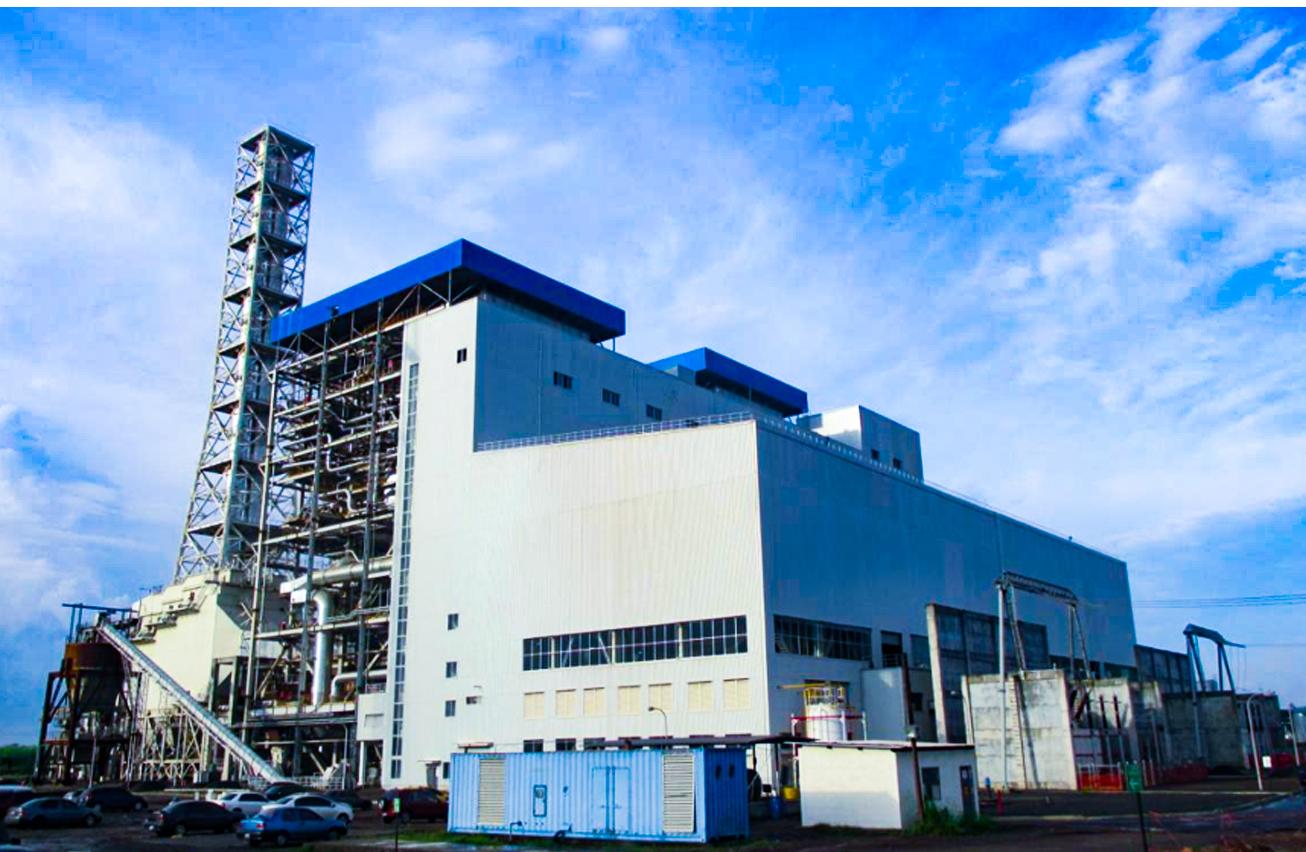
+86 18660102967 +86 18615518078
info@runh.com
Coal-fired power plants have traditionally been the pillars of Asia's energy infrastructure, providing affordable and consistent power for powering the continent's record-breaking economic growth. However, with increasing global environmental concerns and increasingly stringent global climate policies confronting them, governments in Asia are being compelled to transition their coal-fired fleets. It has spurred investment in low-emission coal plant technology and bulk coal plant efficiency improvement schemes in Asia. These are set to balance the region's current dependence on coal-fired electricity generation and the need to reduce greenhouse gases and promote air quality.

This paper provides an in-depth review of how Asian countries are transforming their coal power sector through technological advancement and operational upgrade. We shall talk about emerging trends in clean coal technology, review successful efficiency to enhance initiatives, and outline challenges and coal power opportunities for the Asian continent.
Asia consumes over 75% of global coal, and over 60% of power in economies like China and India is generated by coal-fired power plants. The reasons for the same are numerous:
l Interest in Energy Security: All Asian nations hope to utilize the available coal in their region to reduce their dependency on foreign energy.
l Cost-effectiveness: Coal is the most cost-effective baseload power source, which can be utilized by rapidly developing economies.
l Grid stability: Coal can provide stable dispatchable power to stabilize intermittent renewable energy.
However, coal burning is accompanied by environmentally well-documented afflictions. An average 500MW subcritical coal-fired power plant would emit about 3 million tons of CO₂ per year, along with gigantic quantities of SOx, NOx, and particulate matter. These emissions have built acute air pollution problems in towns and cities and made the power sector a clear target for decarbonization.
Asian countries are at the forefront in the use and development of low-emission coal plant technology in response to such challenges. Technologies are revolutionizing the operations of coal-fired power plants:
New USC power stations run at around 600°C steam temperature and 240 bar pressure at 45-48% efficiency - a huge upgrade from the 33-38% efficiency of old subcritical plants. One such example is Japan's Isogo Thermal Power Station, with an efficiency of 49%, and emissions are close to those of natural gas power stations.
China is a leader in the development of AUSC technology, with pilot plants reporting steam temperatures above 700°C. It can achieve efficiency above 50% and reduce CO₂ emissions by 35% compared to traditional subcritical plants.
IGCC is a low-emission new coal-fired power generation technology. Because of the application of coal gasification to syngas before burning, IGCC power plants can be 50% efficient with significantly lower emissions. The GreenGen demonstration project in China and the Nakoso IGCC power plant in Japan demonstrate the commercial viability of the technology under Asian conditions.
Multiple gargantuan CCUS projects are operating in the entire Asia region:
l China's Sinopec Qilu Petrochemical stores 1 million tons/year of CO₂ from coal gasification
l Japan's Tomakomai CCS demonstration has already put 300,000 tons of CO₂ into the seafloor
l Indonesia's Gundih CCS project involves storing in gas reservoirs that have been depleted
These pilot tests are essential to rolling out low-cost carbon management solutions onto operating coal-fired power plants.
Apart from embracing new technology, Asian utilities are implementing holistic coal plant efficiency optimization projects to achieve optimal returns on installed assets:
The ambitious project will:
l Retrofit 50GW of capacity with the latest sensors and control systems
l Implement AI-based combustion optimization in 100+ units
l Register an average of 5-8% fleet-wide overall efficiency gain
Early success at NTPC's Dadri plant is a 7% increase in efficiency due to sootblowing optimization enhancements and neural network-driven performance monitoring.
This country-wide initiative has:
l Retrofitted over 200GW capacity with high-efficiency turbines
l Installed digital twin technology in 30 major plants
l Reduced average coal consumption to 305 gce/kWh (down from 320 gce/kWh in 2015)
One of such improvements is Shanghai Waigaoqiao No. 3 power plant, which achieved a historic 46.5% efficiency through a series of optimisation steps.
ASEAN countries are engaged in:
l Waste heat recovery system installations
l New-generation materials for boiler refurbishments
l Operator training schemes for the efficient dispatch of plants
Thailand's BLCP Power Plant enhanced efficiency by 4.2% using thorough heat rate improvement programs.
Beneath these success tales, a few underpinning challenges are:
l Capital Intensity: USC power plants cost 20-30% more than subcritical ones, and CCUS adds $60-80/MWh to the generation cost.
l Grid Flexibility: Large efficiency units possess less good operating flexibility, complicating integration with renewables.
l Fuel Quality Issues: Most Asian plants used low-grade domestic coal for combustion, limiting the increase in efficiency.
l Policy Uncertainty: Dynamic fluctuations in carbon pricing regimes create uncertainty for investment.
The International Energy Agency predicts coal to be 40% of Asia's energy in 2040, hence the necessity of continuous innovation. The priority themes are:
l Hybrid Systems: Bifurcating coal with solar thermal and biomass
l Advanced Materials: Developing nickel-based superalloys for 750°C+ operation
l Digital Transformation: Continuous application of AI and IoT for real-time optimization
Asia's coal-fired power production is transforming with low-emission coal power plant technology and planned coal power plant efficiency improvement programs. In part contrary to projections, the trends indicate that coal can occupy a less-polluting role in the energy mix in the shift to low-carbon systems. Regional experience can provide a reference to strike a balance among energy security, affordability, and environmental considerations in the emerging economies of the world.
With further technology development, the future generation of coal-fired power plants in Asia can achieve up to 60% efficiency with zero or near-zero emissions and redefine the world's view of coal in a low-carbon world. The coming decade will be pivotal in rolling out these solutions at scale across the region's huge coal fleet.
+86 18660102967 +86 18615518078
Block C,Yinfeng Fortune Plaza, No.1 Long'ao West Road, Lixia District, Jinan, China.
Copyright © Runh Power 2025 All rights reserved